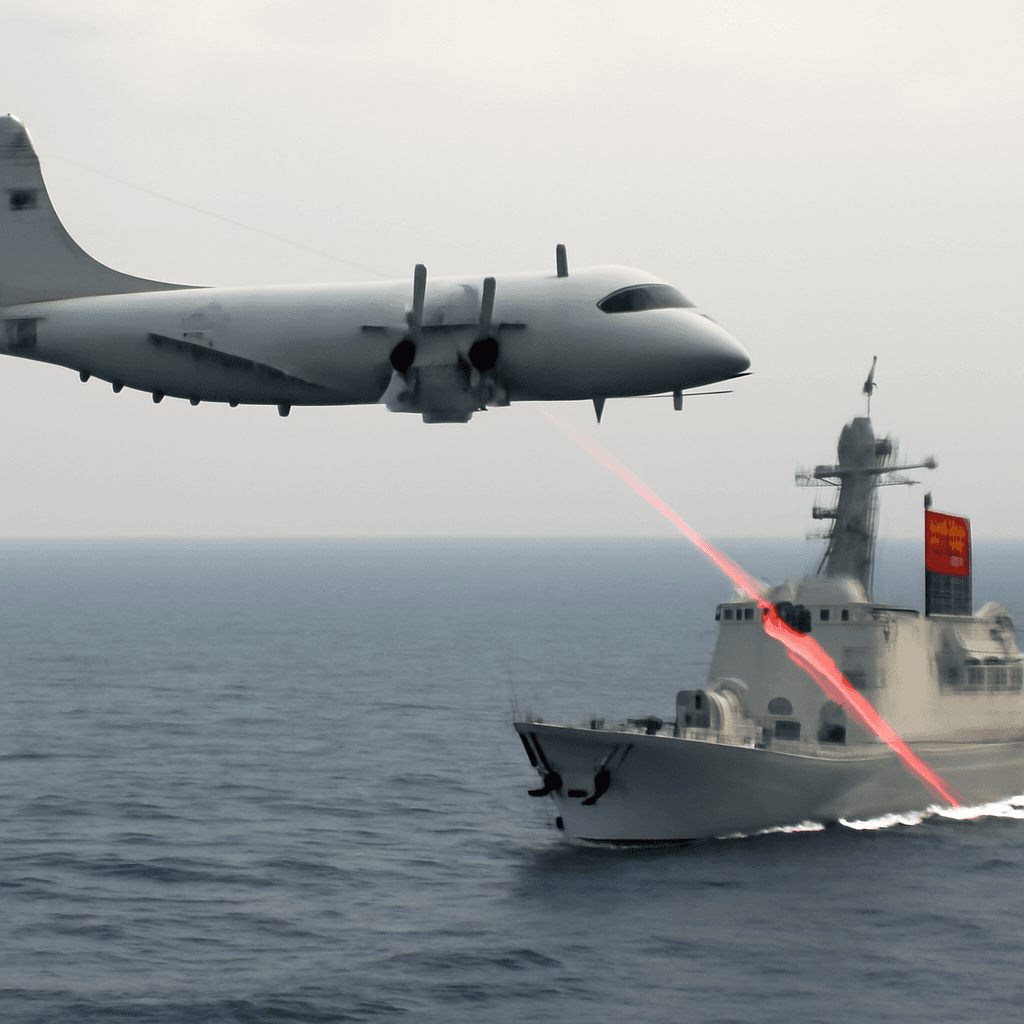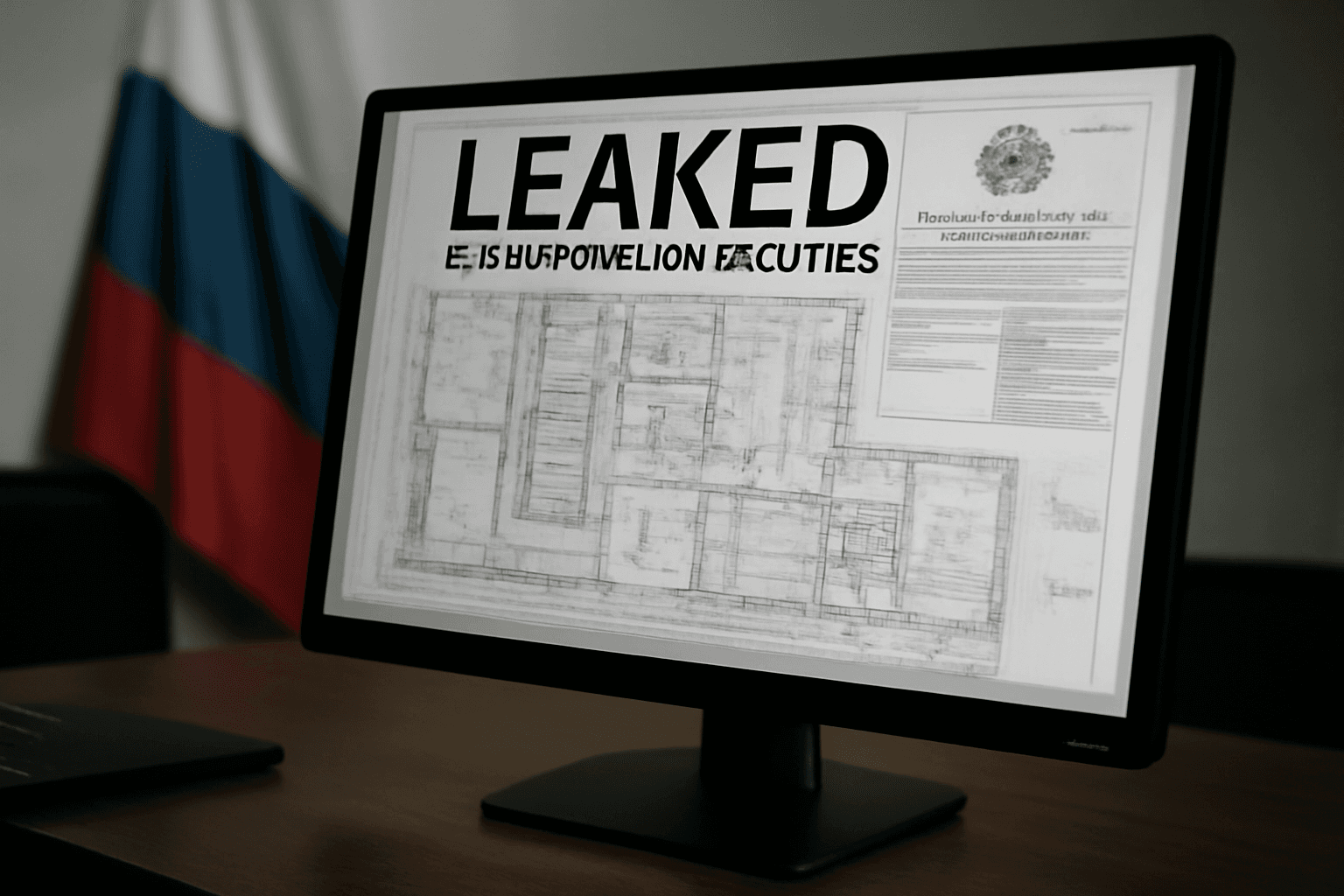Germany Accuses Chinese Military of Targeting Aircraft with Laser in Red Sea
In a significant international incident underscoring growing tensions in global maritime security, Germany has publicly condemned what it describes as a dangerous and provocative laser attack by the Chinese military on a German aircraft operating in the Red Sea.
Incident Details and Official Response
On a security mission as part of the European Union’s Operation Aspides—which aims to safeguard vital maritime routes and combat piracy—Germany reported that a Chinese naval vessel directed a military-grade laser at one of its reconnaissance aircraft. The incident occurred while German forces were conducting routine security operations in this geopolitically sensitive region.
Germany’s Federal Foreign Office expressed its strong disapproval, labeling the laser targeting as “entirely unacceptable,” citing the immediate risk it posed to German personnel and the broader implications for international maritime safety. In response, Germany summoned China’s Ambassador to Germany, Shi Mingde, delivering a formal diplomatic protest and demanding clarification and accountability.
“The Chinese military employed a laser targeting a German aircraft in the EU operation. Endangering German personnel and disrupting the operation is entirely unacceptable. The Chinese ambassador was summoned to the Federal Foreign Office today.” – German Foreign Office via Twitter
Context: Rising Maritime Tensions and Security Challenges
The Red Sea remains a critical artery for global commerce, linking the Mediterranean Sea through the Suez Canal to the Arabian Sea and beyond. The waters are crucial not only for international trade but also for strategic military positioning. The presence of multiple naval forces from regional and global powers has made this region a flashpoint for incidents and geopolitical maneuvering.
This laser episode adds to a series of recent encounters where Chinese naval activities have raised concern among Western and regional actors, prompting questions about China’s expanding military footprint beyond the South China Sea. From an American policy perspective, these incidents amplify the need for clear rules of engagement and enhanced multilateral cooperation to prevent dangerous escalations in key maritime corridors.
Expert Analysis: Implications for International Law and Security Protocols
Michael Hansen, a maritime security analyst based in Washington, D.C., notes: “The use of directed-energy weapons against aircraft in international waters not only risks human lives but potentially violates established international protocols designed to prevent conflict at sea. This incident underscores the urgency for updated conventions that explicitly govern emerging technologies like military lasers.”
Furthermore, the event highlights a gap in how current rules of engagement address non-kinetic threats, such as lasers, which can cause temporary or permanent damage without leaving visible harm but with serious consequences for aircrew safety.
Looking Forward: What This Means for EU Naval Missions and Global Security
- Diplomatic fallout: Germany’s formal protest may ignite broader European Union debates on how to respond to assertive actions by China in global maritime zones.
- Operational adjustments: EU naval missions might need to incorporate new countermeasures or protocols to ensure personnel safety against unconventional threats.
- Strategic alignment: The incident may catalyze deeper coordination between NATO allies and EU security operations regarding China's maritime conduct.
As global powers navigate increasingly complex maritime security environments, incidents like this remind us how fragile peace remains—even in operations aimed at securing safe passage and combating piracy.
Editor’s Note:
This incident serves as a timely reminder of the evolving nature of international security threats. The application of laser technology as a military tool raises urgent questions about existing legal frameworks and the need for enhanced international dialogue. Readers are encouraged to consider how emerging technologies challenge traditional rules of engagement and what steps policymakers might take to prevent similar escalations.



















